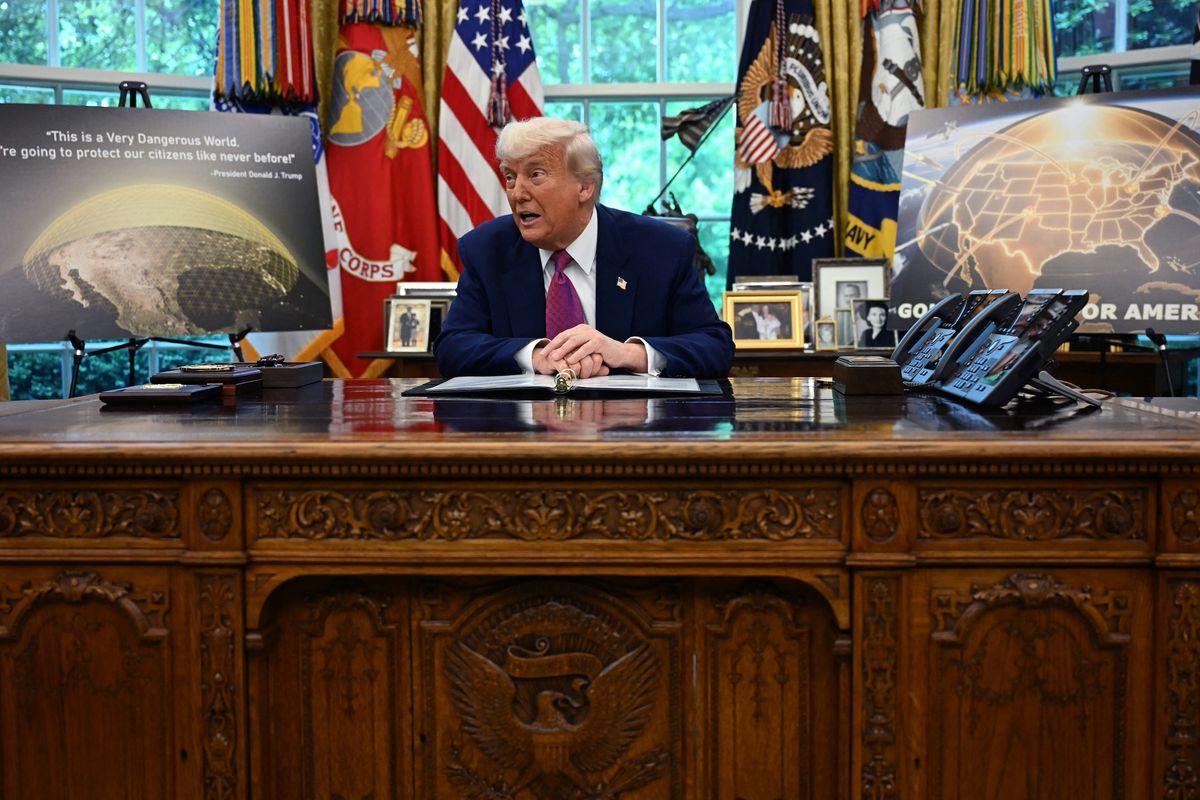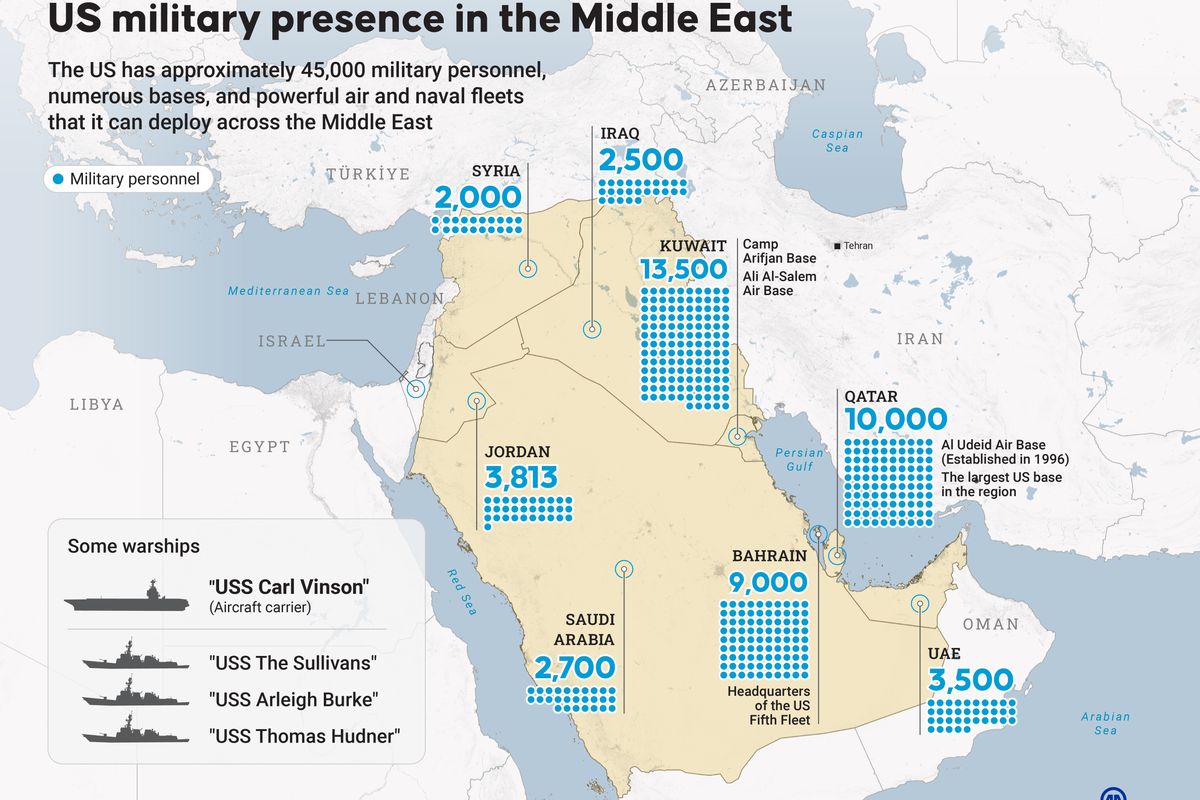There has been a revolution in the cost of space launch for civilian purposes and defense during the last decade. New and innovative companies such as SpaceX and Blue Origin have rapidly reduced the cost of space launch through technological innovations such as the reusable rocket and by introducing new competition into a relatively staid market. As that innovation and revolutionary cost reduction begins to hit the national security and defense launch market, The Cipher Brief’s Fritz Lodge asked former House Science, Space, and Technology Committee Chairman Robert Walker about new opportunities and dangers for U.S. space defense policy.
The Cipher Brief: In your opinion, how are private companies disrupting the cost equation of space launches?
Robert Walker: There’s no doubt that costs will come down for many of the satellites that the defense department and intelligence agencies put into orbit. That’s in large part because the commercial community does not only depend on government money to fund their rockets. They are also bringing down the cost with new technologies, such as the ability to land reusable first stages.
All of that will contribute to an ability by the Defense Department to buy services from commercial providers, which will be significantly less expensive than the way in which we’ve acquired rockets in the past. That being said, there are some more sensitive technologies and systems that new private companies may not be able to launch for some time, given their highly classified nature.
TCB: There is a lot of talk right now about the need to make military and intelligence satellite constellations and space architecture more resilient against attack. Is privatization of space launch the way to do this, in that it offers the ability to launch more satellites faster and more cheaply?
RW: I have no doubt that this is the area where private companies are going to be extremely instrumental in helping fuel our national security needs. You’re right, space resilience depends upon putting up new satellite constellations made up of hundreds of satellites, and instead of expecting these satellites to last for decades in orbit, they will be replaced regularly as they fail.
In an atmosphere where you’re launching hundreds of satellites and regularly replacing them, the commercial community can serve a vital function. You have Paul Allen’s Stratolaunch that is producing an airlifted launch platform, you have SpaceX’s capabilities, Blue Origin’s capabilities, all of these will be able to put not only military constellations into place but also civilian and commercial constellations.
TCB: How significant do you think the recent SpaceX launch of the classified National Reconnaissance Office NROL-76 military satellite is?
RW: I thought that was historic because it does demonstrate that the Defense Department sees these new commercial providers as having a role in their overall space architecture. It clearly feels that SpaceX has now created a proven capability that can be utilized.
TCB: What are the policy implications of all this? If you’re looking five to 10 years out, what new capabilities does this give us, and what dangers do you see from this proliferation of low-cost private launch companies?
RW: It gives us the opportunity to be far more active in space than we’ve been in the past. It means that we will put commercial assets into space that can be utilized by the national security community, and it also means that the commercial community can provide hosted payloads for the military. That the military will not have to pay for the full cost of a satellite going up, they will simply put an instrument on some of the satellites that are being launched.
Those potentials are great, but the danger is that adversaries around the world will also have access to some of these capabilities. Not necessarily U.S. capabilities, but commercial companies are now being developed worldwide, and some of our adversaries will now have access to space that is far more fulsome than they’ve had in the past.
You have India capable of launch – they recently launched a record 104 satellites on a single rocket – and it’s clear now that the Iranians have launch capability. I don’t think that Indian launches are a major national security concern, but Iranian launches certainly are.
TCB: How about the acquisition process? Do you see the Air Force, Department of Defense, intelligence agencies, etc. responding to this opportunity with streamlined acquisition processes? Are they rethinking their goals and policies to match?
RW: I think what you will see is a lot of contracts that will be structured as payment on delivery. They will be done in a typical business manner. I do believe that there will still be room for some cost-plus contracts in the area of exquisite satellites, where there are necessary changes that take place during several years of construction, but the industry itself will not be reliant on cost-plus contracts the way they’ve been in the past.
TCB: How do you think the Trump Administration is planning to take advantage of this new environment? Do you see any areas for improvement?
RW: The administration has been very vocal about its desire to use private-public partnerships in all sectors of the economy. That includes the space program.
I think we’ll see the real outline of the administration’s space policy when the National Space Council is stood up and when it has an opportunity to look across the three main sectors, commercial, civilian, and defense, and begins to specify how we are going to meet national goals. And, of course, one of the main goals will be meeting our defense needs in space.
TCB: Over the horizon, if defense policymakers have taken all the right steps to nurture this new market, these new abilities, what are the possibilities? Where we will be in terms of American space presence?
RW: For one thing, the defense community is going to have a lot of options, and that’s always a good thing. That kind of competition will mean that they can choose the best option for the mission that they’re doing. So I think you’ll have a very different profile of the structure of the entire space industry. Beyond that, I think that turning low-Earth orbit over to commercial use, with the exception of some defense and intelligence capabilities, will lead to a lot of innovation in low-Earth orbit. That innovation will then give the defense establishment additional opportunities to utilize that which has been created.
TCB: Do you think that will include the development of offensive capabilities in space?
RW: I don’t think that we are necessarily looking at creating a first-strike offensive capability, but I think we are looking at the capabilities that we need to defend our assets in space. And there is no doubt in our minds that some of our adversaries have created offensive capabilities, so we need to have the kinds of technologies in place that will allow us to be mindful of what our adversaries have, as well as to have the ability to defend ourselves against them.
We know that Russia and China both have anti-satellite weapons but this is not just about satellites. The Chinese space station almost certainly has offensive capabilities.








